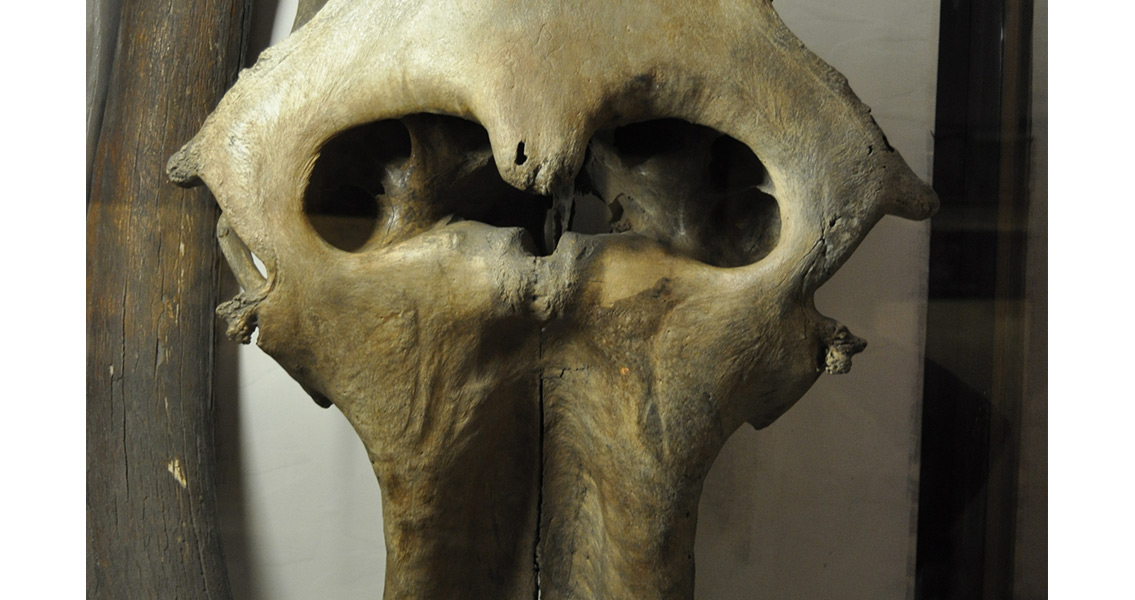<![CDATA[A new scientific study, based on 15 years of accumulated research evidence, has suggested that wooly mammoths might have survived to today as a species if it wasn’t for mineral deficiencies in their diet. Paleontologists from Russia’s Tomsk State University (TSU) say that mammoths, the large elephantine mammals that died out during the end of the Pleistocene, suffered fatally from changes in the ecosystem that reduced the amount of essential minerals in their diet, according to TSU scientist Sergei Leshchinsky, one of the lead authors of the new study. The mystery behind the extinction of mammoths has been diligently researched around the world for decades. Theories in the past have suggested anthropogenic pressure exerted by early human predation, changes in microclimate, or even sickness from infectious disease. However, little to no research has been conducted into geochemical changes in mammoth habitat before now. Leshchinsky stated in a TSU press release that an investigation of more than 23,000 mammoth teeth and bones over a decade has revealed frequent and obvious evidence of bone and joint diseases such as arthrosis, osteomalacia, osteofibrosis, and osteoporosis. The latter bone disorder was found in 9 out of every 10 cases, the researcher added, remarking that taken as a whole these illnesses would have led to a high incidence of the kinds of crippling sprains and fractures that would have contributed to a mass die-off of the species. The mammoth specimens, sourced from paleontological sites in the Czech Republic, Poland, and Russia, were subjected to densitometry and roentgenoscopy, as well as intense study under scanning electron microscopes and stereomicroscopes. Geochemical changes in the landscape close to the end of the Pleistocene are understood to have been caused by changing global climate conditions. Where in the past there were regions rich in mineral abundance in local flora and water sources, or where exposed mineral-rich rocks would provide a “salt lick” effect for megafauna like mammoths, increased humidity and warmth resulted in flooded coastal lowlands and central regions becoming more swamplike. This would have leached the soil of its minerals, especially as increased precipitation encouraged deeper infiltration of ground water farther from the surface. Without these chemical elements readily available to reinforce healthy skeletal structure and other bodily functions, mineral starvation would have slowly but surely set in amongst the mammoth population. The new research could see the role of humanity downplayed in the extinction of the mammoth as a species. Scientists have been hard-pressed to find evidence for the kind of concerted effort early humans would have had to exert in order to impact a species that had such a large habitat range. It seems that humanity might have been more of an observer than a participant in the demise of the mammoth if this new research proves accurate. For more information: www.link.springer.com Image courtesy of Wikimedia Commons user: Yara shark]]>
Downfall of Mammoths a Function of Their Diet?
